



The Guimet Museum, in French Musée national des Arts asiatiques-Guimet, is one of the main attractions of Paris and, worldwide, one of the most important museums dedicated to Asian art. The museum was born from the project of Émile Guimet, who during his travels in Asia has collected important collections of art and archeology treasures. Recently restored and enlarged, the Museum presents interesting collections, covering the different cultures and main civilizations of the Asian continent, covering a time span of about 5000 years. The wonderful collections on display consist mostly of calligraphy and painting works, gold pottery and pieces of textile art.
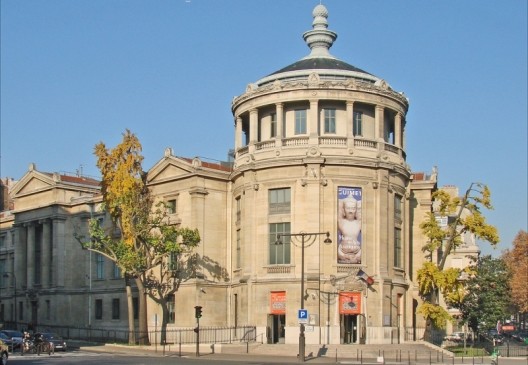
The museum has several floors, each dedicated to a different geographical area, in fact, the ground floor presents the collection of Indian art and that of Southeast Asia, where important monumental works of Cambodia are on display. The first floor houses the collections dedicated to ancient China, Pakistan-Afghanistan, the art of the Himalayas and a very interesting collection of objects from ancient India by Jean and Krishna Riboud. On the second floor are exhibited the collections relating to Classical China, Korea and Japan, with a wonderful collection of porcelain, and on the third floor we find the photographic archive and minor, but still interesting, collections dedicated to China. In addition, the Guimet Museum always hosts wonderful temporary exhibitions.
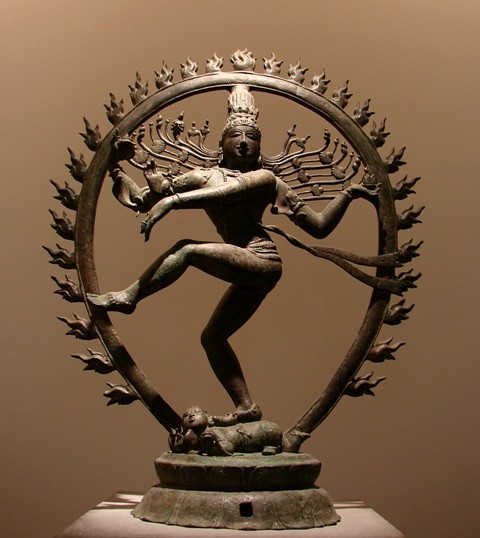
The Guimet Museum was born from the great project of an industrialist from Lyon, Émile Guimet (1836-1918), to create a museum of the religions of Egypt, classical antiquity and the countries of Asia. Trips to Egypt, Greece, then a world tour in 1876, with stops in Japan, China and India allowed him to bring together important collections which he presented in Lyon from 1879. He had to later transferred his collections to a museum he had built in Paris and which was inaugurated in 1889. Even during the life of Emile Guimet, this institution devoted itself more and more to Asia, while retaining a section on the religions of ancient Egypt, following expeditions to various regions of the Far East.
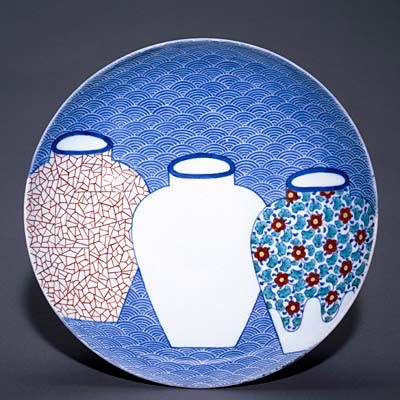
Louis Delaporte's travels in Siam and Cambodia had already assembled a collection of Khmer art that form the core Trocadero Indochinese museum, founded in 1882. At the end of the 19th century, the Louvre, for its part, devotes a section to Asian arts , mainly from China and Japan, in its art department, which would later become the Asian arts department. Émile Guimet himself increasingly restricted the place assigned to the religions of antiquity to present the objects brought from Korea by Charles Varat. A series of religious iconographies were withdrawn to make room in 1912 for the collections of Tibetan art that Jacques Bacot collected during his missions.
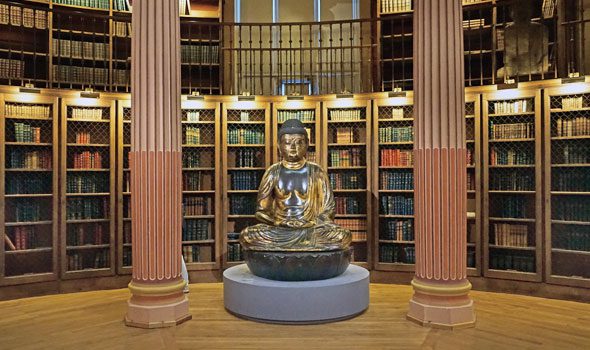
From 1945 as part of a vast reorganization of the national collections, the Guimet museum sent its Egyptian pieces to the Louvre and in exchange received all the works of the Asian arts department of the Louvre. From that moment on, the establishment of the Place d'Iéna became one of the very first Asian art museums in the world, under the direction until 1953 of René Grousset who succeeded Joseph Hackin, who died in 1941. in the company of wife in the service of Free France. Philippe Stern, a great specialist in the art of ancient Cambodia, who managed the museum from 1954 to 1965, was very attached to the academic activities of the museum, the library and especially the photographic archive. Jeannine Auboyer, who succeeded Philippe Stern in 1965, was particularly involved in enriching the collections in the field of classical India.
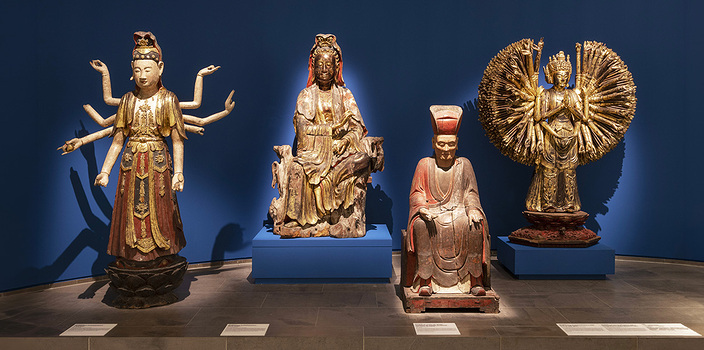
Guimet Museum
Address: 6 Place d'Iéna, 75116
Phone: +33 1 56 52 53 00
Site:
https://www.guimet.fr/Location inserted by
giulia